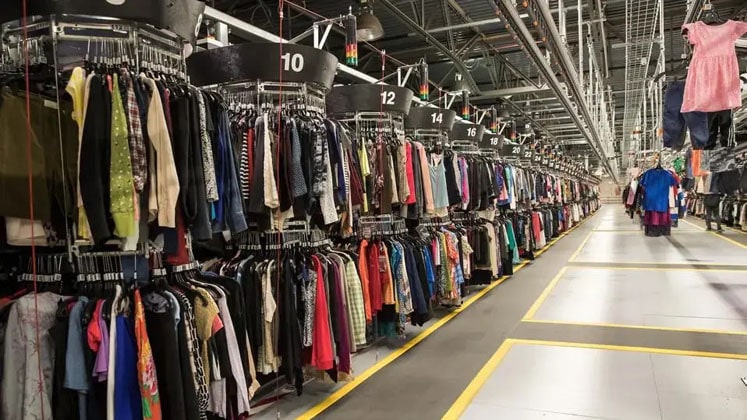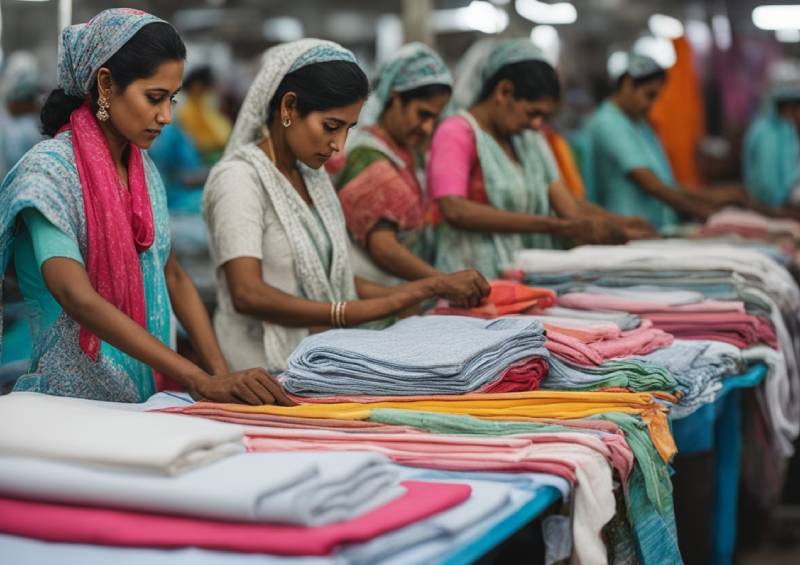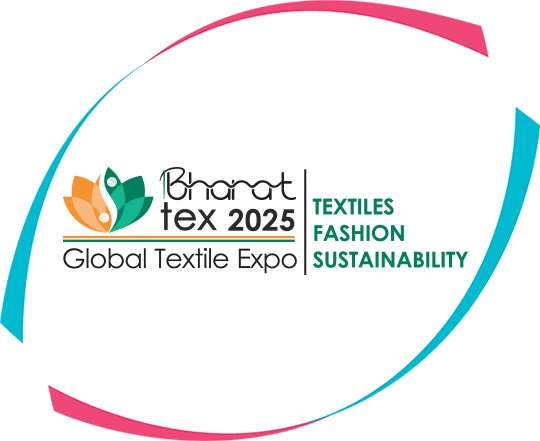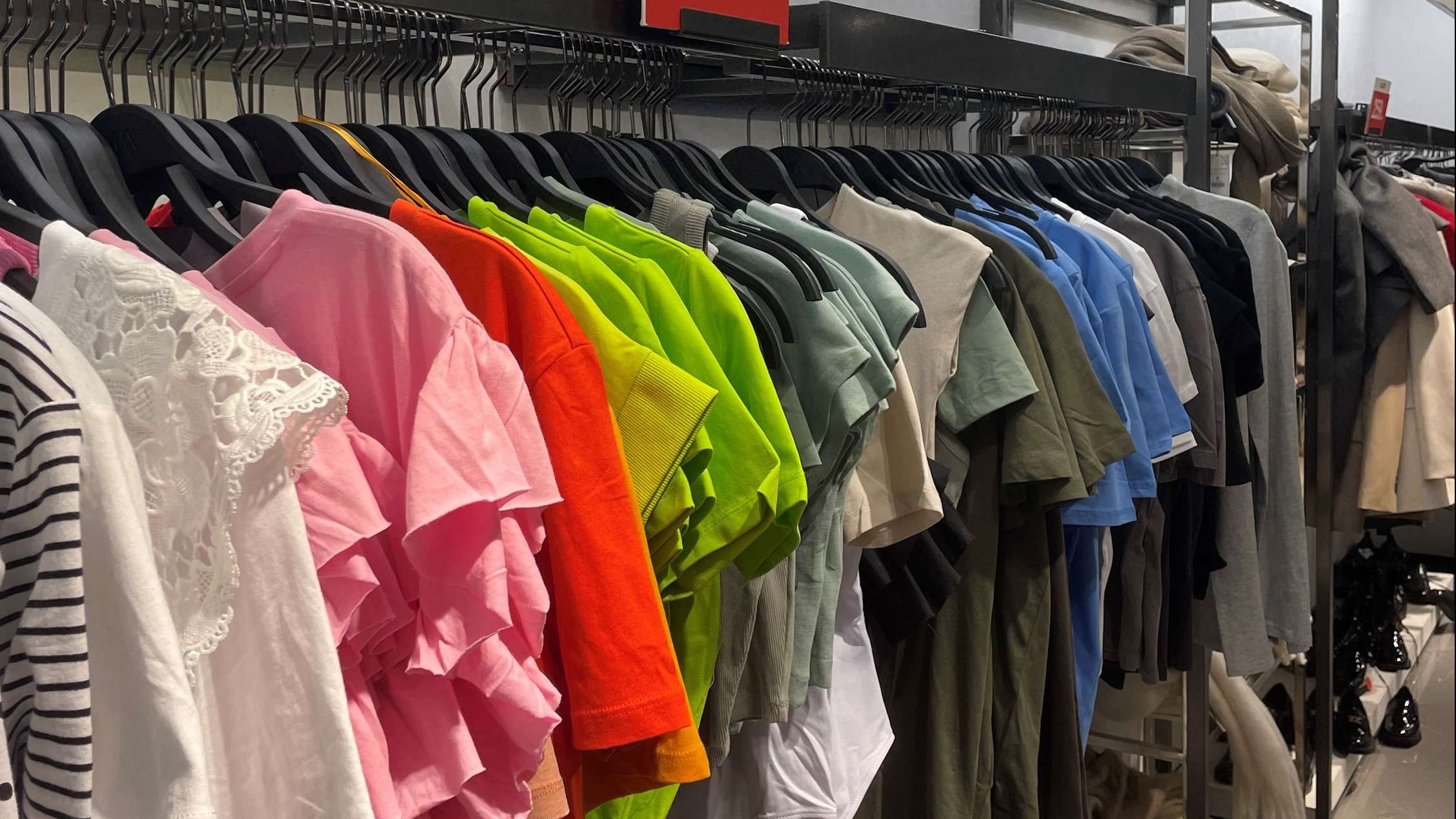FW
The Spring/Summer 2014 edition of Taipei IN Style (TIS) took place on a large-scale with runway shows and seminars from April 17 to 20. It and is expected to bring in more than $8 million in business. The TIS fashion show, held at Songshan Cultural and Creative Park, Taiwan is organized semiannually to adhere to the international buying seasons.
More than 100 Taiwanese designer brands participated, while fashion designers from 19 other regions and countries also took part. TIS 2014 presented eight runway shows, including fashion pieces by designers from Taiwan, China, Hong Kong and Macau, Asia's famous women's apparel brands, international golf wear and more.
TIS invited top global fashion professionals to give speeches in six seminars, sharing fashion trends and marketing strategies. The TIS feels that the exhibition will provide business opportunities to local and international designers and thus enhance the visibility of Taiwanese local fashion brands. Nearly 25 pieces of TIS exhibitors' amazing clothes were showcased last weekend, which included Chinese Fashion Week (CFA) Award winner Angel Li, Hong Kong Fashion Week Extravaganza 2014 designer representative Henry Lau, Macau Fashion Festival senior designer Kitty Ng, and famous Taiwanese fashion duo Stephane Dou and Changlee Yugin, winner of the Taiwan Fashion Design Award.
Asia Fashion Collection project organized by Vantan Design Institute and Parco introduced international fashion design talents from Taiwan, Japan and South Korea, such as Taiwanese designer Austin Wu and Japanese designer Akiko Kishimoto with their latest New York Fashion Week works. The show also presented Taiwanese women's brand Keraia with their luxurious autumn/winter collection; Taipei Fashion Award 2013 winner Athena Chuang with her eponymous brand under the Yulon Group's subsidiary corporation — InDesign; the representatives of Shanghai and Hangzhou women's fashion brands Eifini and Lesies introduced their urban outfits and Jack Nicklaus displayed elegant and sophisticated US golf wear.
The organisers’ focus is on promoting Taiwanese fashion designers and their works on the global fashion stage.
www.taipeiinstyle.com
Nepal's apparel exports which languished due to political instability, is now witnessing a rise in export orders from foreign buyers. Apart from other destinations like Bangladesh and Cambodia, importers are now also placing orders with Nepalese garment makers.
As per Trade and Export Promotion Centre, Nepal exported 2.72 billion Nepalese rupees in garments in the first six months of the current fiscal year. This is 50 per cent more than Nepal's export of garment products during the same period of last fiscal year.
Through the 1990s, the garment export industry was Nepal’s largest employment generator, providing more than 50,000 jobs and hundreds of factories operating day and night to manufacture export products for clients in the US, Europe, Canada and Japan. But gradually industry declined due to a phase out of protectionist quotas by the World Trade Organisation (WTO), instability triggered by the Maoist armed insurgency, and the rise of trade unionism. Ready-made garment exports were worth more than 11.5 billion Nepalese rupees in fiscal year 2002-2003. By fiscal year 2008-2009, they fell to 4.5 billion Nepalese rupees.
However, experts feel that initiatives like zero tariffs are required to keep the momentum alive and also to attract foreign investment. The government needs to help the industry with export subsidies and soft loans to revive and promote Nepal’s garment products.
The seventh Istanbul Fashion Conference will be held on May 8 and 9, 2014. It's being organized by the Turkish Clothing Manufacturers' Association. The attempt is to create a platform where local designers, manufacturers and retailers can network with international players.
In an era of fast fashion, the Istanbul Fashion Conference stands at the forefront as a sourcing conference for the best brands in the world. It combines B2B meetings between producers and the industry along with speakers and seminars addressing current topics and a fashion and design exhibition. Buying groups in represent several billion dollars of buying power and so it also is a great place to network.
Exports of readymade clothing from Turkey to Europe have increased in the first quarter of 2014 compared with the last quarter of 2013. Turkish clothing exporters have benefitted from the relative strength of the euro against the Turkish lira.
Turkish textile manufacturers have been a major partner and a critical source for major US labels and manufacturers, ranging from the high-end to popular manufacturing houses and designers.
www.tgsdconf2014.com/en/
The China Import and Export Fair, known as the Canton Fair, is set to take place from April 21 to May 5. This is China's largest international trade fair. It is expected to draw 2,00,000 international buyers, up from more than 1,80,000 in the autumn session when there was a drop-off in numbers. The biannual event is held in the shadow of recent sharp export declines. So orders will at best be stable.
Buyers have lowered expectations about signing deals at the Canton fair, largely due to low European demand and a different sourcing model by US companies. US firms make 80 per cent of their orders through agencies. First quarter orders were slashed because of political turmoil in export destinations. China’s business in Thailand and Ukraine was hit by the ongoing strike and political upheaval.
Chinese exports unexpectedly fell 6.6 per cent year-on-year in March from a year earlier, following an 18.1 per cent slide in February. Imports fell by the most in 13 months. Several factors may add to the uncertainty, including growing international trade friction and China's drifting away from lower value-added items such as textile production, which may erode its bulky trade base in the short run.
However there are grounds for optimism. The worldwide economic recovery and optimized product lines have helped strengthen Chinese sellers' core competencies. A weaker yuan is also considered an effective stimulus to exports.
www.cantonfair.net/
Zimbabwe's textile industry is finding it difficult to compete with imported or smuggled garments from neighboring countries like Mozambique. Moreover, cheap clothes also come into the country duty free. These clothes cost about four times less than locally made products. Big retail companies have started ordering merchandise from as far as China as locally produced clothes are expensive. In the face of this onslaught almost 80 per cent of local textile companies have shut down.
Most companies are struggling to survive and have either closed down, scaled back operations or are under judicial management. The companies are pushed to the brink by an influx of cheap products, declining domestic demand and resurgent production costs.
Zimbabwe does have high duty tariffs, surtaxes on importation and also some kind of excise regime to protect the local textile industry. But laws are not always properly enforced, leading to corruption, which is a big problem. Local textile manufacturers are complaining that the government is not doing much to curb smuggling of these clothes into the country.
Trade unions say millions of dollars are being spent on importing clothing products that could be procured from local producers. This would save jobs.
With a rise in wages among apparel factory workers in China, American apparel imports from the country have slowed down. Apparel imports were flat for the 12-month period ending in February this year, rising only 0.26 per cent to $29.6 billion.
The industry is seeing a sharp shift in sourcing from China to other countries like Vietnam with many US apparel companies and designers shifting their production to Vietnam, where minimum wages are $73 dollars to $111 dollars a month, depending on the region. That is more than half of the $300 dollars monthly minimum wage in China’s industrial hub of Shenzhen, close to Hong Kong. During the 12-month period ending in February, apparel imports from Vietnam were up 14.2 per cent to $8.3 billion.
Another reason behind the shift is the availability of skilled workers who are responsible for making Vietnam’s apparel sector, the country’s leading export industry. US-based manufacturers are eyeing an opportunity when Vietnamese-made clothing can be brought in duty free because it is part of the Trans-Pacific Partnership, a group of 11 countries working on a free-trade pact with the United States.
American apparel imports from Bangladesh, another low-wage country, were up 9.3 per cent to $4.9 billion. Mexico, which in 2009 was among the top four apparel providers to the US but now at the seventh position, saw its exports remaining flat despite the two countries having a free-trade agreement. Mexico’s apparel exports totaled $3.68 billion during the 12-month period ending in February.
Organisers of Milano Unica and Munich Fabric Start have announced a change in dates for both the fairs due to the Paris fabric trade fairs taking place a week earlier than usual in February 2015. To avoid an overlap, Munich Fabric Start Spring/Summer ’16 will be moved ahead by one day in February 2015, taking place from Monday to Wednesday, 2 to 4 February 2015. And Milano Unica Spring/Summer 16 will be postponed by one day and will now be held from Wednesday to Friday, 4 to 6 February 2015.
In February 2016, Milano Unica and Munich Fabric Start will return to their usual schedule. Milano Unica, the trade show dedicated to Italian high end textiles and accessories recently concluded in China. The trade showcased the Spring/Summer 2015 collections of the Italian textile supply chain. Nearly 124 exhibitors from all Italian textile districts brought the excellence of ‘Made in Italy’ products to China with an increasing number of textile manufacturers specifically dedicated to women’s wear.
The biannual event witnessed over13.3 per cent rise in visitors against March 2013 edition. If compared to the October 2013 edition, showcasing the Fall/Winter 2014-’15 collections, attendance was steady. Organisers claim that the data confirms the trend of the Chinese market, reflecting increased quality of Chinese apparel production, increasingly oriented towards higher standards in terms of quality, innovation and service.
The Rights Group has demanded that Cambodia's government should make proposed law aimed at regulating the country’s labor movement public. Requests from civil society to review the law on trade unions have so far been denied, said the Cambodian Center for Human Rights (CCHR). The group also said that recent reports of new unions being refused registration by the authorities or having their registrations delayed constituted “a direct attack on the right to freedom of association.”
Since December last year, CCHR is said to have documented six cases in which the authorities have denied or delayed new union registration, or threatened license revocation. Cambodian laws at present have provisions of protecting the right to freedom of association and allowing workers the right to strike and engage in non-violent demonstrations.
The first draft of the Law on Trade Unions was introduced by Hun Sen’s administration in 2011, but was called off after concerns that it would make unions vulnerable to de-registration, presented barriers to prospective union leaders, and allotted too much power to the government, among other factors. But CCHR said that the law was later submitted for review by the council of ministers in late 2013 and the government may pass it by the end of 2014.
Since an earlier round of minimum wage protests were violently suppressed in January, the government has refused to restart negotiations between workers and employers over a higher minimum wage, which is currently at $100 per month. The group of eight unions and at least eight labour associations had announced another round of stay-at-home strikes following the Khmer New Year. About 600 workers held an unrelated protest outside the E-Z International Garment factory in Phnom Penh’s Pur Senchey district on Thursday morning demanding that management meets their 17 demands. The demands include a 6 dollars monthly health stipend, a daily 1 dollar meal allowance, a 10 dollars monthly transportation stipend and the construction of additional toilets in the factory.
The European Committee of Textile Machinery Manufacturers (CEMATEX) will provide a grant to all participants of the Research & Education (RE) pavilion at ITMA 2015.
The R&E pavilion at ITMA 2015 will provide opportunities to research organisations and higher institutions of learning to share their R&D achievements, as well as current and future projects with the industry. In addition, the pavilion will feature a speakers’ platform for participating institutes to share their latest knowledge and projects.
The pavilion provides a platform for ITMA visitors to keep abreast of the latest research projects on garments, home textiles as well as technical textiles and nonwovens. It was a major feature at the last ITMA exhibition at Barcelona in 2011. It received an overwhelming support from the industry. A total of 48 exhibitors from 20 countries took part, which also saw the debut of the European Textile Research & Education Pavilion. The speakers’ platform attracted 29 international speakers from 10 countries.
CEMATEX is the owner of ITMA. CEMATEX is an organisation comprising nine national European textile machinery associations. ITMA is the world’s largest textile and garment technology showcase. ITMA 2015 will be held November 12 to 19, 2015, Milan, Italy.
www.cematex.com/
Hong Kong garment manufacturers are looking to Myanmar as a sourcing destination. About a dozen Hong Kong garment companies are to build plants in a special economic zone in Myanmar comprising 100 hectares. Most are undergarment manufacturers with some others producing jackets. One will process recycled fabrics to supply underwear and swimsuit manufacturers. One wants to establish a complete production chain in Myanmar, from textiles to dyeing. Therefore, it is looking for a big space to house its suppliers.
In contrast China’s garment manufacturing industry continues to lose its competitive edge as a low-cost clothing supplier through wage rises and increasing regulation. The Hong Kong government has signed an investment promotion and protection agreement with Myanmar. In fact, manufacturing in Myanmar is seen as being more attractive than in Cambodia or Bangladesh. Cambodia has influential labor unions, who are firm on minimum wages. In Bangladesh, big companies are thinking of stopping orders over concerns with its human rights and corporate social responsibility issues. But Myanmar has a huge workforce for whom wages are not an issue. The country is seen as politically stable.
Hong Kong companies relocating to Myanmar hope to benefit from the low and zero duties charged on its exports to the European Union.












